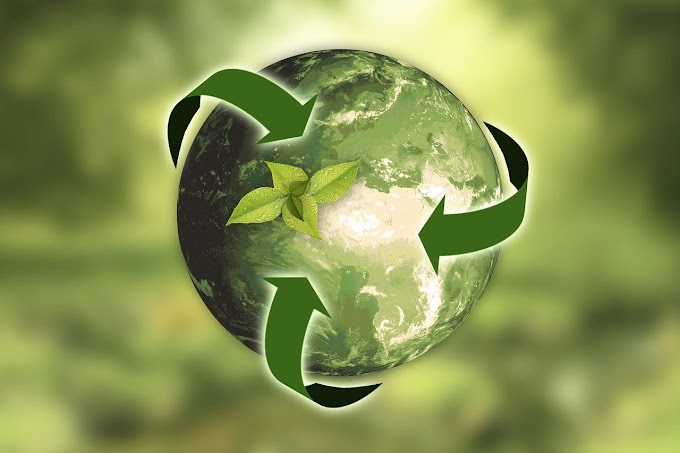The majority of the discussion topic in the textile industry focuses on the consumer social point of view, neglecting the impact it has on the Indian export crisis and environment as well as other sectors. India is one of the largest producers of textiles It provides direct employment to 51 million people and indirectly 68 million. Due to changing government policies at the state and central government levels because of which major challenges are arising in the textile industry. The tax structure GST (Goods and Service Tax) makes the garments expensive. Another important threat is raising interest rates and labor wages and workers’ salaries. the hubs of textile garment industries all over India at places such as Banglore, Mumbai, Tirupur, and New Delhi. These manufacturers have the ability to produce the entire range of woven wear and knitwear at a low cost with reasonably good quality. The Indian textile industry has its own limitations such as access to the latest technology and failures to meet global standards in the highly competitive export market. Countries like China, Bangladesh, and Sri Lanka gives fierce competition in low price garment market. The formulation of policy, planning, development, export promotion, and regulation of the textile industry in India is administered under the Ministry of Textile, Government of India.
The issues textile industry of
India is facing like :
- Shortage in supply of raw materials
- Increase in the cost of raw materials
- Environmental problems
- Infrastructure bottlenecks
- Impact of GST
- Shortage of laborer’s due to a mass return
- The decline in Apparel export.
Elaboration of the above issues :
1) Shortage in supply of raw materials: Because of
pollution issues some unit of china and Europe has been shut down due to which
rise in the prices of basic raw material has resulted and there are many other factors like weather etc which are influencing the raw material supply.
2) Increase in cost of raw material: Unpredictable market conditions, weather, policies etc have resulted in an increase in raw material costs.
3) Environmental problems: Environmental compliance
often isn’t at the top of textile and garment importers’ concerns.
4) Infrastructure bottlenecks: The low quality of India’s infrastructure continues to lag behind that of many other Asian countries.
Initiatives taken by the government to overcome such problems :
- The government has allowed 100% FDI in the sector under the automatic route.
- India-Japan pact on cooperation in textiles will facilitate Indian exporters to meet the requirements of Japanese importers as per the latter’s technical regulations.
- A National Technical Textiles Mission is proposed for a period from 2020-21 to 2023-24.
- The New Textiles Policy 2020 for the overall development of the sector was released by the Ministry of Textiles.
- Cabinet Committee on Economic Affairs (CCEA) approved mandatory packaging of food grains and sugar in jute material for the Jute Year 2019-20.
- Amended Technology Up-gradation Fund Scheme (A-TUFS), estimated to create employment for 35 lakh people and enable investment worth Rs. 95,000 crores by 2022.
- Integrated Wool Development Programme (IWDP) to provide support to the wool sector, starting from wool rearer to end consumer, with an aim to enhance quality and increase production during 2017-18 and 2019-20.
- The Cabinet Committee on Economic Affairs (CCEA), approved a new skill development scheme named 'Scheme for Capacity Building in Textile Sector.
Industry post the covid 19
lockdown:
As the world is fighting against the ongoing pandemic of the dreaded covid-19 virus, so during this lockdown textile industry is trying to focus on alternatives and charting its return to normalcy. This scenario has not only hindered the economic forecasts but also changed the business model for many industries. After lockdown, all the industries and textile bodies will be putting new practices in place with respect to safety precautions and sanitization on-premises. In 2020, the Indian apparel industry which was expected to be USD 74 billion is now expected to fall almost 10-15%. It affects a lot in terms of employment, it was estimated that almost 1 crore jobs would be lost in the textile industry. In the Indian textile industry, Diversification of apparels and textiles beyond cotton (which is the primary market of India), and venturing into man-made fiber (MMF) & synthetics category could be a major shift.
Remedial
measure to improve the Indian textile industry :
1) For making the textile industry competitive in the global market we need to focus on
technology up-gradation and expand weaving capacity to scale-up operations.
2) To enable the textile industry to compete at the highest level we need support from
both central and state government.
3) The state government should provide all the approval in place, including the
provision of common effluent treatment plants for rapid scaling up of business
.
Conclusion :
The industry has earned a unique place in the economy due to its strong future outlook, numerous employment opportunities have been generated, and the strong export numbers can be seen in the upcoming time.
Reference :
- https://www.google.com/amp/s/baliyans.com/amp/daily-current-affairs/editorial/indian-textile-industry
- https://www.iastoppers.com/articles/mains-article-indian-textile-industry-challenges-and-suggestions
- https://textilevaluechain.in/in-depth-analysis/articles/textile-articles/contemporary-issues-in-textile-industry






1 Comments
Recently, with a budget allocated for Rs. 10,683 crore, the Center launched the PLI Scheme in order to encourage the manufacture of MMF clothing, MMF fabrics, and Products of Technical Textiles in the nation and help the textiles industry grow and become more competitive. Very well written and informative blog, keep posting more such blogs! Will look forward to reading them.
ReplyDelete